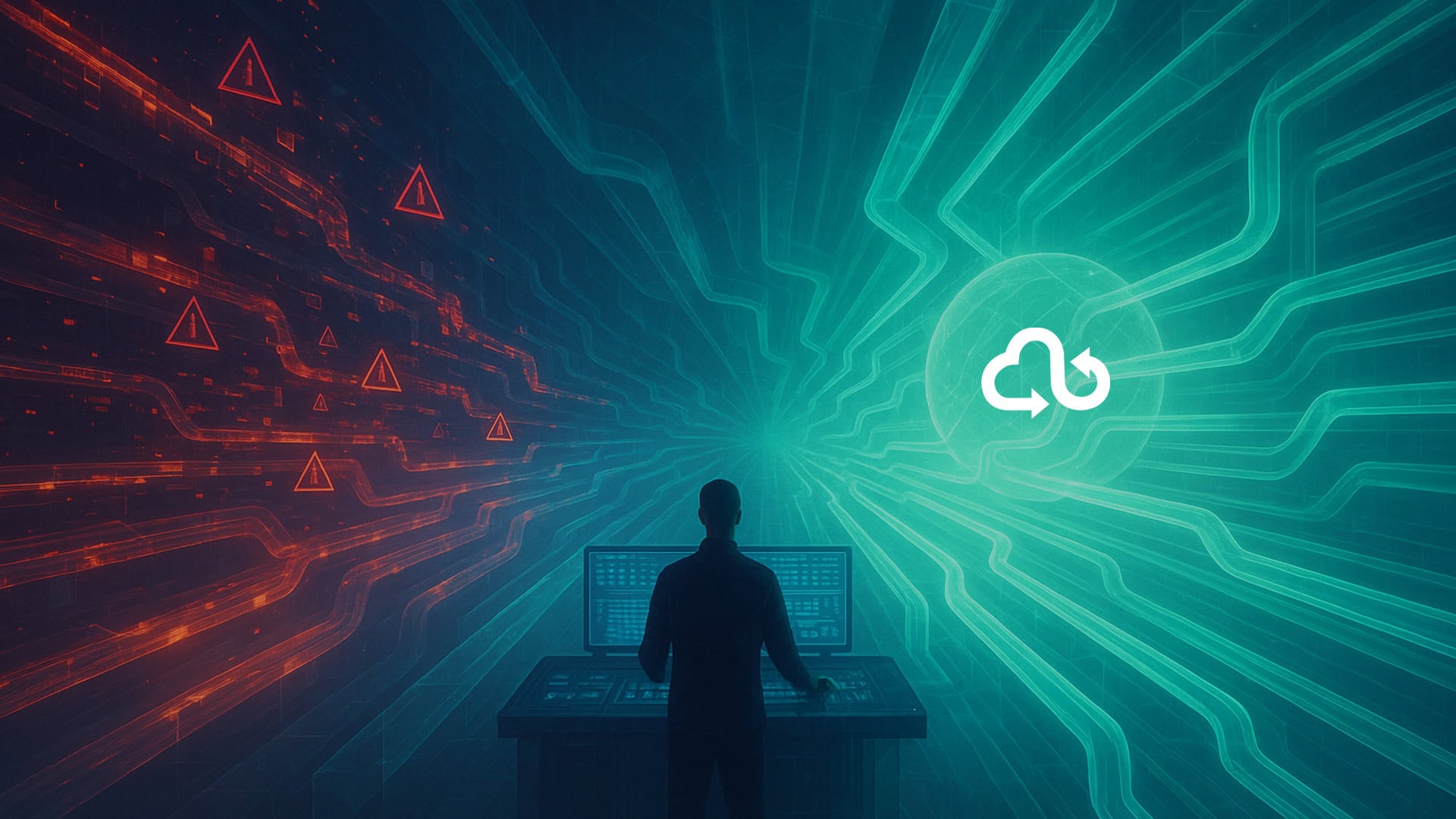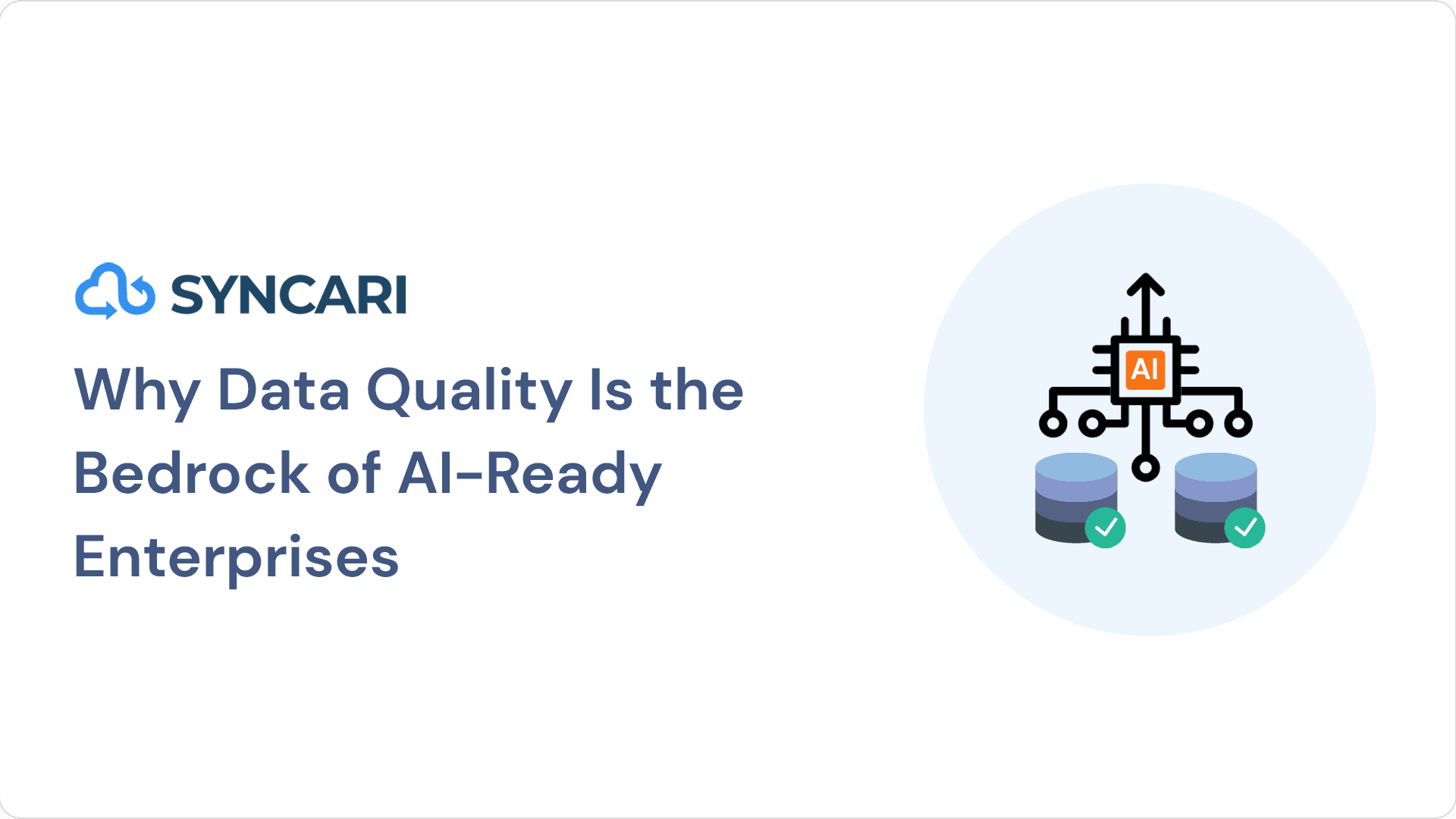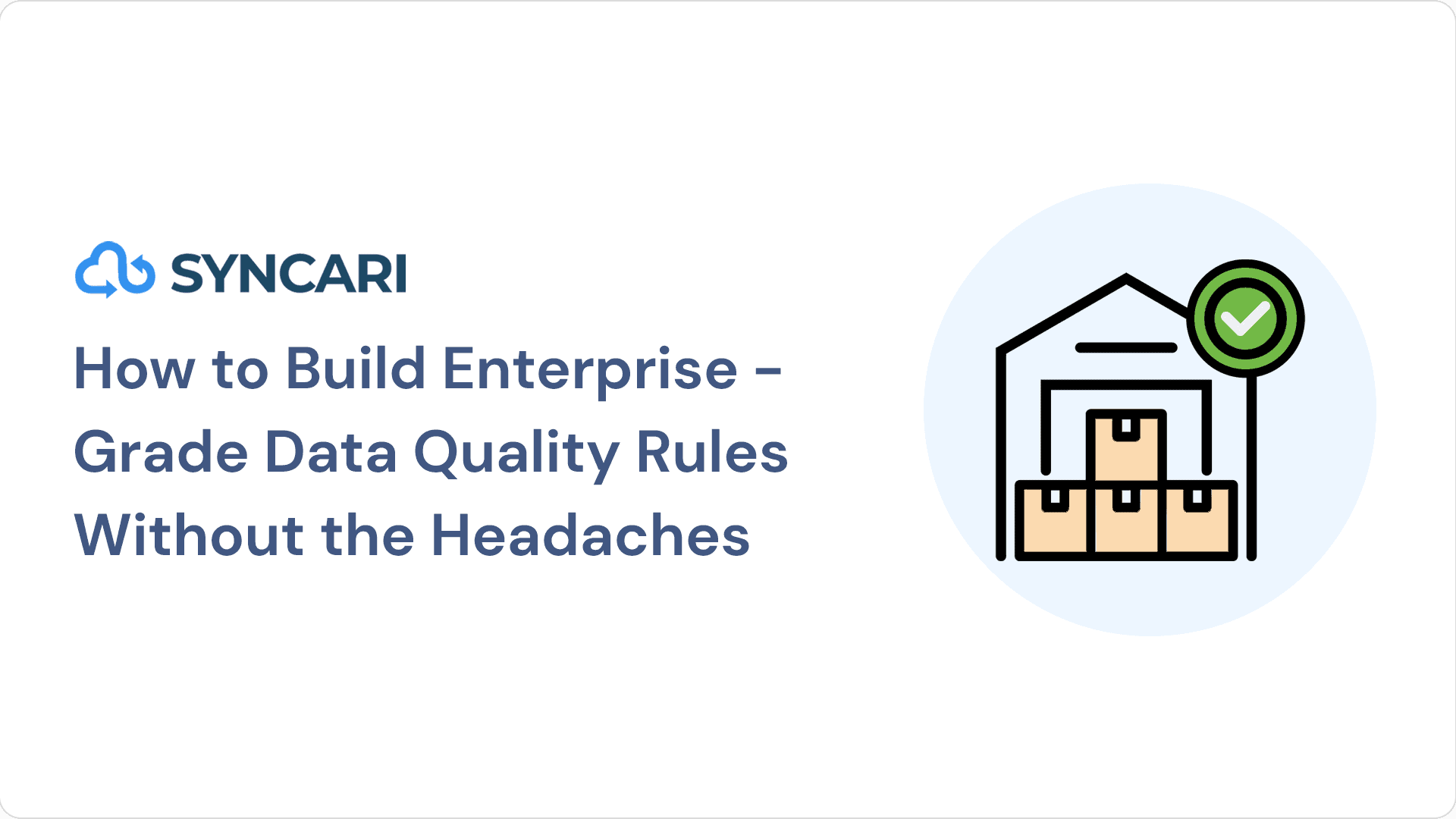With hundreds of CRM solutions on the market today, it’s easy to see why revenue leaders often contemplate a CRM data migration. With other options readily available, it’s common to feel that the grass will be greener on the other side. If you’re a revenue leader that has thought about making the switch, this article will help you evaluate the pros and cons and what you should consider before making the move.
Common CRM Complaints
Perhaps you’re frustrated with the quality of your data and looking for improved capabilities to manage data hygiene and enrichment. Or, maybe your current CRM vendor has been slow to innovate and you’re looking for better functionality, including more automation, more controls or more integration capabilities. Maybe it’s a cost saving measure or you feel like a new vendor will give you a stronger ability to better serve your customers, thanks to better data. Or, maybe you’re motivated by the promise of stronger data security, especially if you’re working in a regulated industry like healthcare or financial services.
[ Related: Top 5 CRM Migration Tools ]
Why Switching CRM Vendors is Hard
Despite the benefits being touted by CRM vendors, the decision to switch is never without some lingering doubt. When push comes to shove, revenue leaders typically grapple with the decision to migrate to a new CRM for a multitude of reasons, including:
Cost: Switching to a new CRM vendor can be expensive, especially if the company has invested heavily in the current system. There may be significant costs associated with training employees on the new system, migrating data, and implementing new processes. Understanding a platform’s total cost of ownership isn’t always easy to decipher but it’s critical to understand.
Integration: A CRM system is often deeply integrated into a company’s other systems and processes, and switching to a new vendor can be disruptive. The company may need to reconfigure its existing integrations or build new ones, which can be time-consuming, complex and expensive.
Data migration: Migrating data from one CRM system to another can be a daunting task, especially if the data is complex or if the systems have different data structures and customer data models. The company may need to clean up its data before migrating it, which can be a time-consuming process. For instance, a Salesforce data migration is often a months-long project of its own, with a variety of project planning, project management, and success tracking requirements in order to be effective.
Employee adoption: Employees may be resistant to change, especially if they are used to working with a particular CRM system. They may need to be trained on the new system, which can take time away from their other responsibilities.
Business disruption: Switching to a new CRM system can disrupt business operations, especially if the new system requires significant changes to existing processes. The company may need to pause certain activities while the new system is being implemented, which can have a negative impact on productivity and revenue.
[ Related: A Guide to Migrating from Salesforce to HubSpot ]
Why Syncing CRMs is a Better Option
With so much risk implementing a new CRM, it’s surprising that leaders ever make the decision to change their technology stack and replace their CRM vendor. Luckily, there’s another option: syncing multiple CRMs. Instead of trying to migrate or use point-to-point integrations to cobble together multiple CRMs, you could have unified customer data in weeks with Syncari, a data automation platform designed to help businesses manage and synchronize their data across multiple systems and platforms.
[ Related: Salesforce to Salesforce Integration: Why Syncari’s Continuous Sync is the Ideal Solution ]
Benefits of Syncing CRM Data with Syncari
Better Data: Clean, enriched data is critical for effective sales and marketing. However, managing data hygiene and enrichment can be challenging, especially when dealing with multiple CRMs. Syncari provides improved capabilities for data hygiene and enrichment, allowing businesses to identify and fix data inconsistencies, merge duplicate records, and improve overall CRM data quality.
Better Functionality: Syncari offers more automation, more controls, and more integration capabilities than most traditional CRM systems. This means that businesses can streamline their operations, reduce manual work, and achieve more accurate data synchronization.
Cost Savings: Syncari can also help businesses save money compared to a traditional CRM migration. Migrating to a new CRM can be a costly process, involving significant soft and hard costs, such as your team’s time, onboarding fees, and distraction from other priorities. In contrast, Syncari’s subscription-based model allows businesses to pay for only what they use, without any onboarding fees or long-term contracts.
Improved Customer Service: With better data and improved functionality, Syncari users can deliver stronger customer service. Syncari’s system provides a better way to manage and use data, leading to better insights and more informed customer interactions. This can ultimately lead to increased customer satisfaction and retention.
Data Security: For some businesses, data security is a critical driver in choosing a CRM system. This is especially true for highly regulated industries such as healthcare and finance. Syncari offers top-notch data security features, including encrypted data storage and real-time data synchronization, giving businesses peace of mind that their data is secure.
[ Related: How to Build a Holistic Customer Health Score ]
Best Practices for Evaluating a Change
Now that you know the pros and cons of switching CRMs and understand the possibilities with synching your CRM data, you might have an idea about what’s right for your business. But, before going to far down the path, it’s essential to evaluate your options thoroughly. Here are some best practices to consider when evaluating a change:
Collect End User Feedback
End-users are the backbone of any CRM system, so it’s important to understand their needs and concerns. Collecting end-user feedback can help identify pain points with your current system and highlight the features and functionality needed in a new system.
Document Key Functional Requirements
To ensure a new system meets your business’s needs, it’s important to document key functional requirements. This includes outlining the features and functionality you need and the specific requirements your team needs to do their jobs effectively.
Document Key Features missing with Current Product / Pain Points
To avoid repeating the same mistakes with a new system, document the key features missing from your current CRM and the pain points they cause. This will help you evaluate potential new systems based on the features and functionality you need. It is vital to understand your data model in order to accomplish this, whether it’s a Salesforce data model or HubSpot or Dynamics, etc.
Inspect Reviews and Speak to a Current Customer as a Reference
Researching potential CRM solutions is critical to making an informed decision. Read reviews of the systems you’re considering and speak to current customers as references. This will give you a better sense of how the system works in practice and whether it’s a good fit for your business.
Prepare a Thorough ROI Analysis Including Cost of Migration and Total Cost of Ownership
Finally, prepare a thorough ROI analysis, including the cost of migration and total cost of ownership. This will help you evaluate the long-term costs and benefits of each system, including potential revenue gains, cost savings, and improved efficiencies. When conducting your ROI analysis, consider all relevant factors, such as the cost of the new CRM system, implementation expenses, training costs, and ongoing maintenance and support expenses. Additionally, factor in any potential revenue increases, customer retention improvements, and productivity gains that may result from the new system. By conducting a comprehensive ROI analysis, you can make a well-informed decision about the best path forward.
Looking for help to determine your best next step? Connect with Amplify, experts in RevOps technology and CRM migration best practices, to help you evaluate your current GTM tech stack and determine if a change is right for your business.



